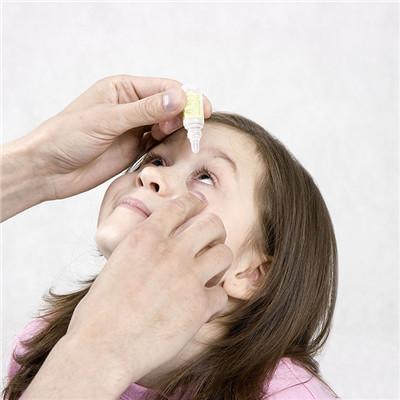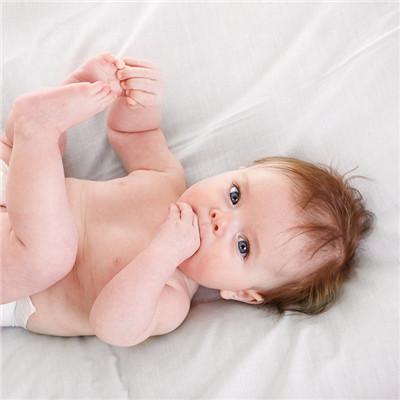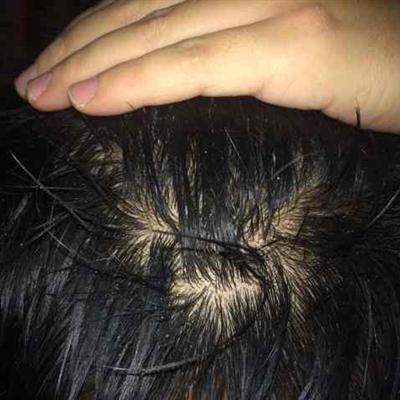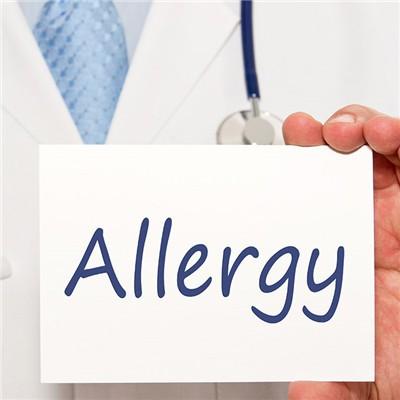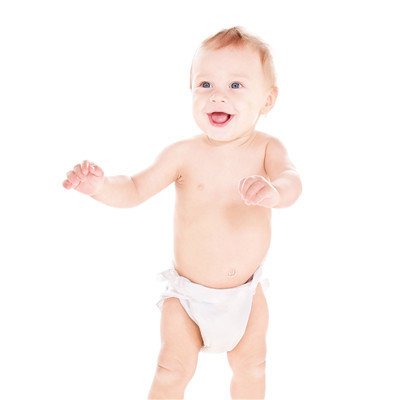What are the symptoms of cor pulmonale
summary
Pulmonary heart disease is a heart disease caused by pulmonary hypertension caused by bronchial or pulmonary vascular disease. It can be divided into acute and chronic. The latter is more common in clinic. In addition to the symptoms and signs of the original lung and chest diseases, the main signs of the disease are gradually lung and heart failure and other organ damage. What are the symptoms of cor pulmonale? Next, I'd like to share my views with you.
What are the symptoms of cor pulmonale
Cough is the most common symptom of cor pulmonale. When suffering from cor pulmonale, there is inflammatory cell infiltration in the bronchial wall, accompanied by hyperemia, edema and fibrous tissue hyperplasia. The number of mucus acini, gland hyperplasia and hypertrophy, mucus secretion increased significantly. Repeated pulmonary infection stimulates the bronchial wall continuously, so that the amount of sputum increases significantly, leading to frequent cough in patients with cor pulmonale.

The common symptom of cor pulmonale is dyspnea, which is also a sign. The patient felt lack of air, breathing hard, accompanied by changes in respiratory rate, depth and rhythm. With the progress of the disease, the dyspnea of patients with cor pulmonale is gradually obvious, so that they have dyspnea even in the state of slight activity and rest.
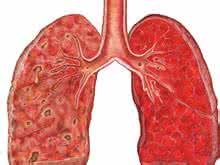
Tracheal, bronchial or pulmonary parenchymal lesions caused by bleeding, except for upper respiratory tract bleeding is called hemoptysis. In China, hemoptysis due to pulmonary tuberculosis accounts for the majority, followed by respiratory infection in lung cancer patients is more common, pulmonary heart disease patients hemoptysis is not common, its incidence is far lower than bronchiectasis, lung cancer, tuberculosis. Hemoptysis is rare in patients with cor pulmonale.
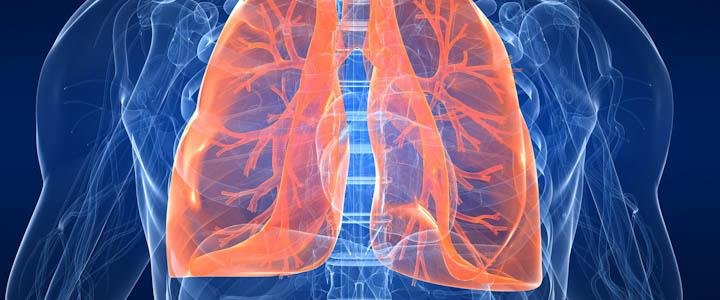
matters needing attention
Life care: Patients with cor pulmonale should pay attention to increase or decrease clothing with climate change, so as not to cause a cold and aggravate the disease. Eat cold drinks every morning to exercise cold tolerance; To keep the room clean and quiet, no smoke. In winter, we should pay attention to the temperature and humidity of the room, open the windows regularly for ventilation, and keep the air fresh.








